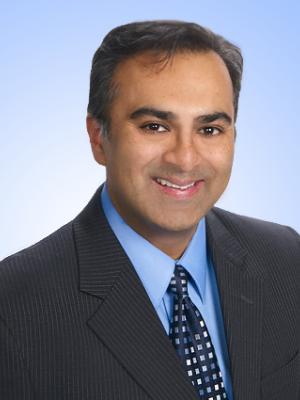We’re Stronger Together
With your help, we can advance education and improve student success in our community.


Chair, Plastic & Reconstructive Surg, Plastic & Reconstructive Surg
Professor, Plastic & Reconstructive Surg
With your help, we can advance education and improve student success in our community.